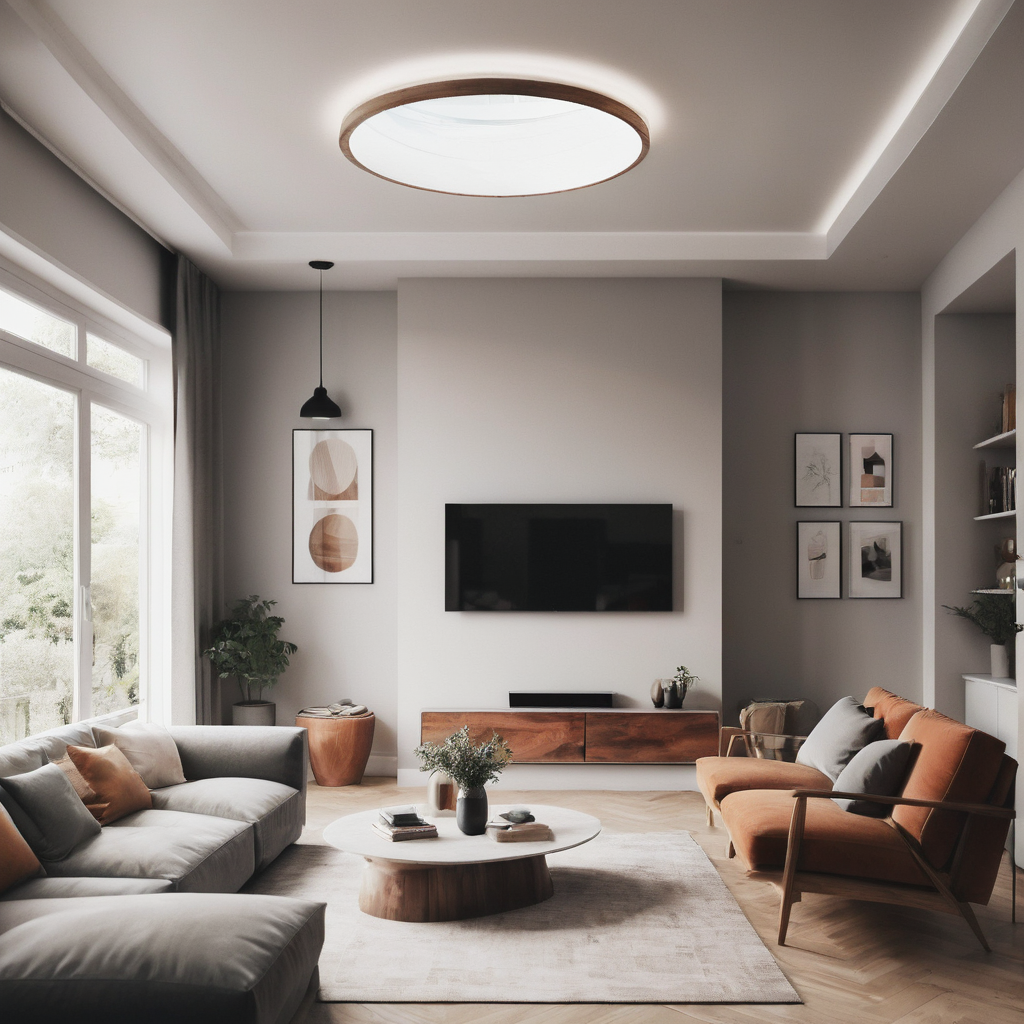
Ceilings are often referred to as the “fifth wall” of a room, offering a unique opportunity to enhance the overall design, ambiance, and visual appeal of a space. From traditional finishes like smooth paint to more elaborate options such as coffered ceilings and exposed beams, the choice of ceiling finish can significantly impact the look and feel of a room. In this article, we will delve into the various types of ceiling finishes commonly used in interior design, their characteristics, benefits, and considerations for incorporating them into your home or commercial space.
1. Smooth Painted Ceilings:
Smooth painted ceilings are a classic and versatile choice that complements any interior style, from modern and minimalist to traditional and eclectic. This finish involves applying a coat of paint to a flat or slightly textured ceiling surface, creating a seamless and clean look that visually expands the space and reflects light.
Benefits:
- Creates a sense of continuity and openness in the room.
- Easy to maintain and clean.
- Provides a neutral backdrop for other design elements.
Considerations:
- Requires proper surface preparation for a flawless finish.
- May show imperfections or uneven surfaces more prominently.
2. Textured Ceilings:
Textured ceilings add depth, visual interest, and character to a room, breaking up the monotony of a flat surface and creating a tactile element that can enhance the overall design scheme. Popular textured ceiling finishes include popcorn ceilings, knockdown textures, and swirl patterns, each offering a unique aesthetic appeal.
Benefits:
- Conceals imperfections or flaws in the ceiling surface.
- Adds visual and tactile texture to the room.
- Helps to dampen sound and reduce echoes.
Considerations:
- Popcorn ceilings may contain asbestos in older homes and require professional removal.
- Textured finishes can be challenging to clean and may collect dust over time.
3. Coffered Ceilings:
Coffered ceilings feature a series of recessed panels or beams that create a grid-like pattern on the ceiling, adding architectural detail, depth, and sophistication to a room. This decorative ceiling finish is often associated with traditional or formal design styles and can be customized to suit various aesthetics.
Benefits:
- Enhances the visual appeal and elegance of a room.
- Creates a sense of grandeur and luxury.
- Provides an opportunity to incorporate lighting fixtures or decorative elements.
Considerations:
- Requires skilled craftsmanship and precision for installation.
- Can visually lower the ceiling height in smaller rooms.
4. Exposed Beam Ceilings:
Exposed beam ceilings showcase the structural elements of a building, such as wooden beams or trusses, adding a rustic, industrial, or farmhouse charm to the space. This ceiling finish highlights the architectural integrity of a structure and creates a warm and inviting atmosphere.
Benefits:
- Adds character and authenticity to the room.
- Creates a cozy and intimate ambiance.
- Allows for creative integration of lighting and decor.
Considerations:
- Requires proper maintenance and periodic inspection of the structural elements.
- May visually reduce the perceived ceiling height in some cases.
5. Tray Ceilings:
Tray ceilings feature a recessed central portion that is higher than the surrounding perimeter, creating a multi-dimensional effect that adds visual interest and architectural detail to a room. This ceiling finish is often used in formal dining rooms, master bedrooms, or living spaces to elevate the design.
Benefits:
- Enhances the sense of space and volume in the room.
- Provides an opportunity for indirect lighting or accent fixtures.
- Adds a touch of elegance and sophistication to the ceiling design.
Conclusion:
- Requires careful consideration of lighting placement for optimal effect.
- May not be suitable for rooms with low ceiling heights.
In conclusion, the choice of ceiling finish can have a significant impact on the overall look, feel, and functionality of a space. Whether you prefer a smooth painted ceiling for a clean and contemporary aesthetic, textured ceilings for added dimension, coffered ceilings for architectural detail, exposed beam ceilings for a rustic charm, or tray ceilings for a touch of elegance, each finish offers unique benefits and considerations to consider when designing your interior space. By understanding the characteristics, benefits, and considerations of different ceiling finishes, you can select the option that best suits your style, enhances the ambiance of your space, and elevates the design to new heights.
Cedar Hill St. Louis Jefferson County Olivette Kirkwood Ballwin Arnold Franklin County St Charles County Fenton High Ridge Dittmer Creve Coeur
